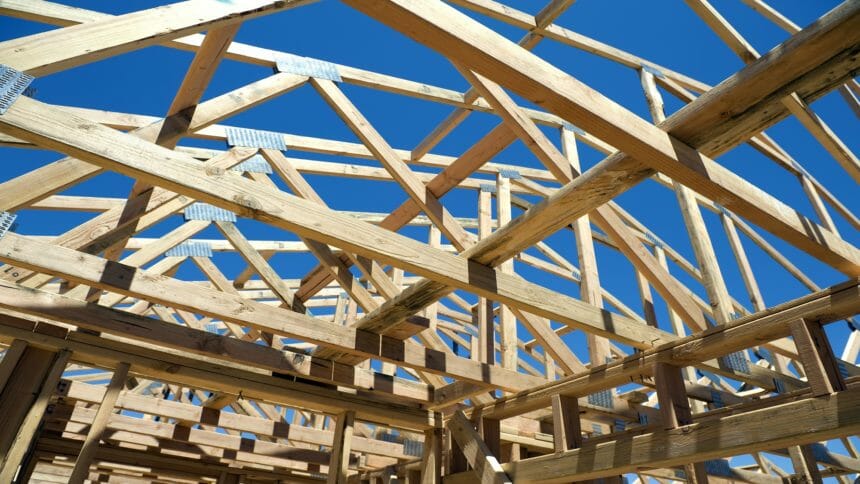
As COVID-19 continues to take a toll on seniors housing demand and profitability, a new global report from PGIM Real Estate ultimately makes the case for optimism in the sector.
One of the report’s biggest takeaways for the seniors housing market relates to the disconnect between the present and the very near-term future of the industry, said PGIM Real Estate’s Head of Americas Investment Research Lee Menifee. He noted that the industry currently is working through several challenges, many of which will be short-term in duration: excess supply, which predates the COVID-19 outbreak, as well as elevated expenses, staffing shortages and reduced move-ins.
“Looking ahead, we anticipate a wave of new demand that will likely outstrip available supply,” Menifee told McKnight’s Senior Living. He added that at the peak of the most recent construction cycle, about 30,000 rooms were constructed per year. By contrast, PGIM Real Estate’s base case forecast beginning in 2024 is for sustained annual net demand to reach about 45,000 units per year. “Even if fewer seniors decide to move into independent living, assisted living and memory care communities — which we do not anticipate — demand will still be higher than it was during the past decade.”
Steve Blazejewski, senior portfolio manager for PGIM Real Estate’s Senior Housing Partners strategies, also called on investors and financial leaders in the senior living and care industry to remain focused on the sector’s key characteristics: compelling demographics and a strong income profile. He noted that players should remember the long-term outlook that originally drew them to the space.
Blazejewski also pointed to the importance of investing in communities that allow for greater flexibility and ease of operations, such as convertible and resizable common amenities for residents, interchangeable care level and sizes for resident units, and potentially even improved spaces for staff and team members. He also said air quality and filtration measures will play a more significant role, given recent events, but doesn’t think the sector will see wholesale changes to its communities.
“While we are seeing an impact on performance right now at both the business and community levels, we expect a strong rebound in demand to help propel the sector to a gradual recovery,” Blazejewski said. “A tightening of the capital markets and reduced construction activity likely means a reversal in some of the oversupply trends we’ve seen in recent years and a more positive outlook down the road for those investors with strong industry relationships and conviction.”




